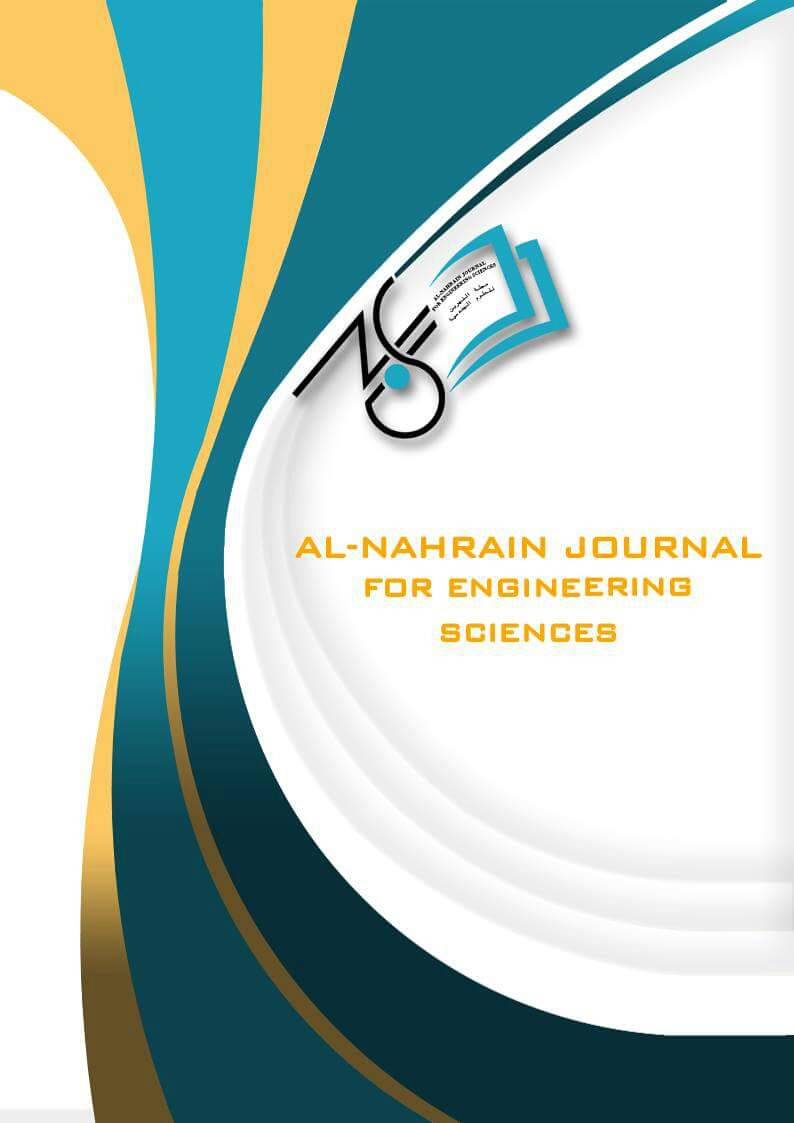Abstract
The aim of this research is to investigate how fiber orientations in composite materials used in aircraft applications increase mechanical properties. Consideration was given to two different fiber-to-matrix ratios in order to improve the mechanical properties. The materials used for fabrication are graphite powder (2.12 g/cm3), carbon fiber Sikawrap-301 C, E-glass fiber EWR450, and aluminum alloy sheet 2024–T3. In this study, carbon fiber, glass fiber, and glass carbon fiber specimens are created by hand lay-up for testing. The fiber orientation and fiber-to-matrix ratio were used to create these specimens. On universal testing machines (UTMs), tensile and flexural tests were performed on the sample. Tensile testing is done at three different angles on a sample: 0°, 45°, and 90°. The results of tensile tests first show that the strength of the double layer of carbon fiber-reinforced polymer CFRP reduces with increasing fiber orientation. Second, the highest stress a material can resist for the three samples made up of a single layer is 45°. For flexural tests, a three-point bend at 45 degrees demonstrates excellent strength for carbon fiber compared with glass carbon fiber and glass fiber. The results show that fiber orientation improves the composites' mechanical properties and increases adhesion. Carbon fiber-reinforced aluminum laminates are lighter than aircraft wing alloy 2024-T3.
Keywords
Composites; Carbon Fiber; Epoxy; Fiber Orientations.
Abstract
الهدف من هذا البحث هو معرفة كيف تحسن اتجاهات الألياف في المواد المركبة المستخدمة في تطبيقات الطائرات من الخواص الميكانيكية. تم النظر في نسبتين مختلفتين من الألياف إلى المصفوفة من أجل تحسين الخواص الميكانيكية. المواد المستخدمة في التصنيع هي مسحوق الجرافيت (2.12 جم \ سم 3) وألياف الكربون Sikawrap-301 C والألياف الزجاجية EWR450 وصفائح سبائك الألومنيوم 2024-T3. في هذه الدراسة ، يتم إنشاء عينات من ألياف الكربون والألياف الزجاجية وألياف الكربون الزجاجية عن طريق وضع اليد للاختبار. تم استخدام اتجاه الألياف ونسبة الألياف إلى المصفوفة لإنشاء هذه العينات. على آلات الاختبار العامة (UTMs) ، تم إجراء اختبارات الشد والانثناء على العينة. يتم إجراء اختبار الشد في ثلاث زوايا مختلفة على عينة: 0 درجة و 45 درجة و 90 درجة. تظهر نتائج اختبارات الشد أولاً أن قوة الطبقة المزدوجة من البوليمر المقوى بألياف الكربون CFRP تقل مع زيادة اتجاه الألياف. ثانيًا ، أعلى ضغط يمكن أن تقاومه المادة للعينات الثلاث المكونة من طبقة واحدة هو 45 درجة. بالنسبة لاختبارات الانحناء ، يوضح الانحناء من ثلاث نقاط عند 45 درجة قوة ممتازة لألياف الكربون مقارنة بألياف الكربون الزجاجية والألياف الزجاجية. أظهرت النتائج أن توجيه الألياف يحسن الخواص الميكانيكية للمركبات ويزيد من الالتصاق. تعتبر صفائح الألمنيوم المقواة بألياف الكربون أخف من سبائك 2024-T3 لأجنحة الطائرات.
